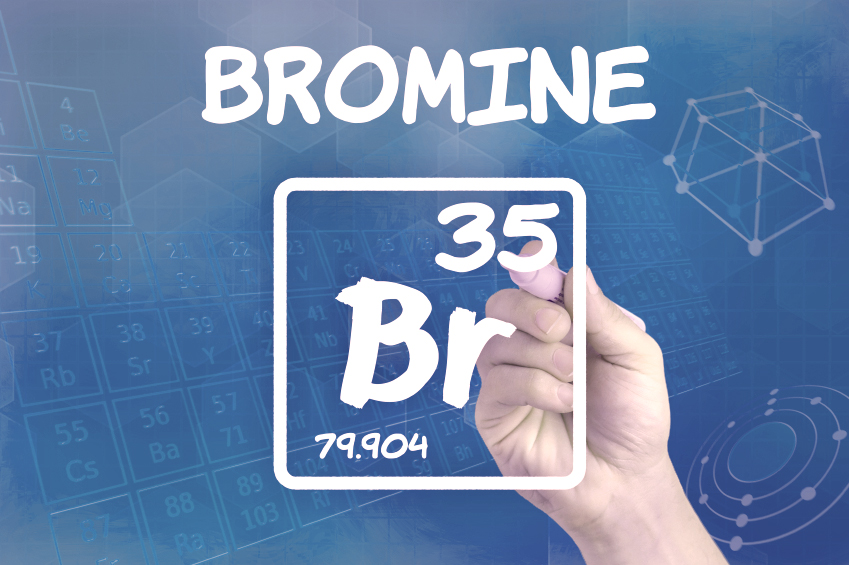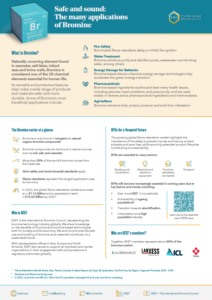Since bromine was discovered in 1826, bromine compounds have been used in fields such as water treatment, reduction of mercury emissions, fire safety, energy storage and generation, production of pharmaceuticals and enhanced quality rubber.
BFRs contain many different types of chemicals, with widely differing molecular structures, physicochemical, toxicological and ecotoxicological properties and chemistries (additives, reactive, polymeric). They also differ from a function/technical perspective depending on the intended material or product application.
The 28th chemical element essential for human life
There are 92 naturally occurring chemical elements on earth. 28 of them are essential for human life.
In 2014, Prof Billy Hudson of Vanderbilt University School of Medicine and his team of researchers added bromine as the 28th chemical element to the list.[1]
Their study, published in the journal Cell, revealed that bromine is essential for tissue development in all animals, from primitive sea creatures to humans.






